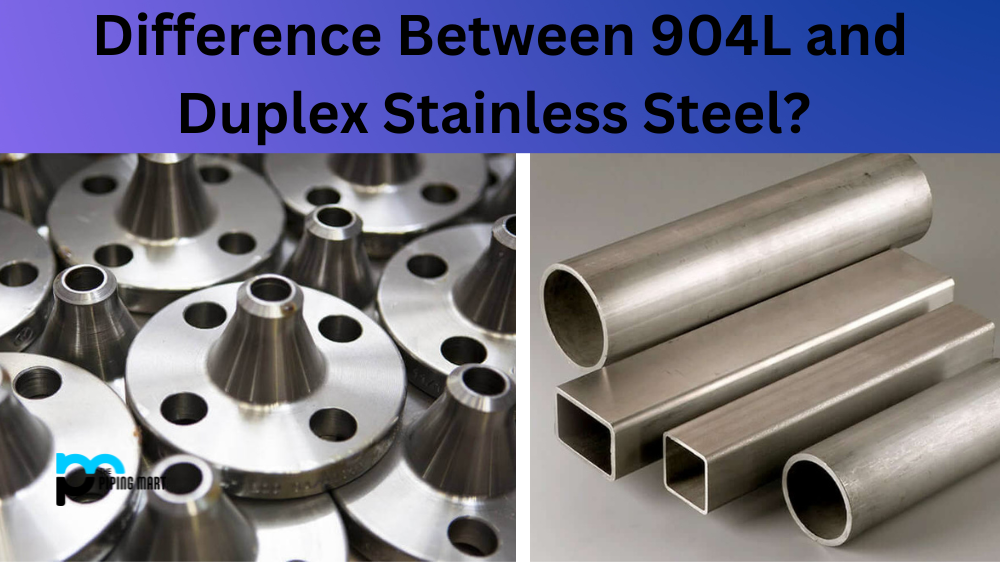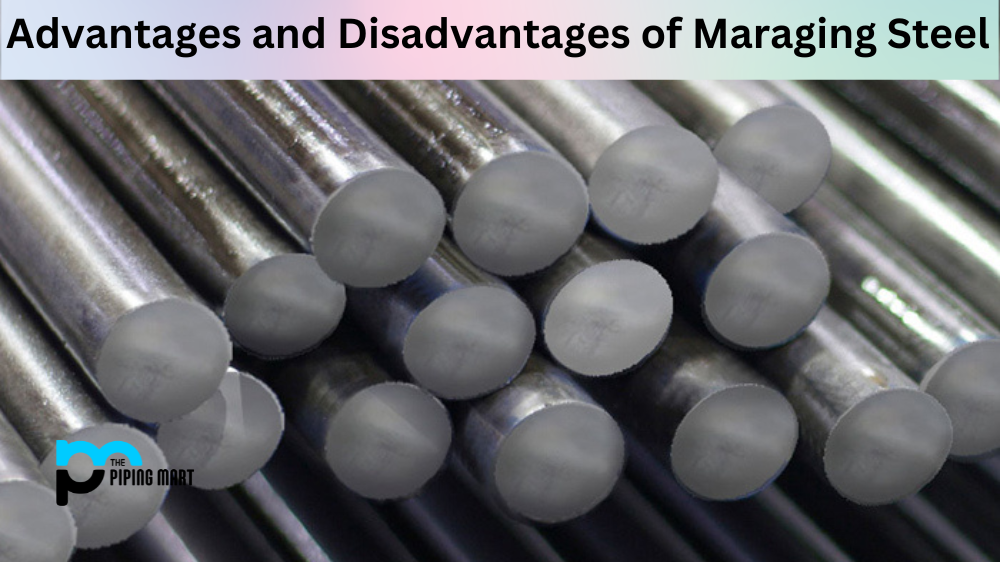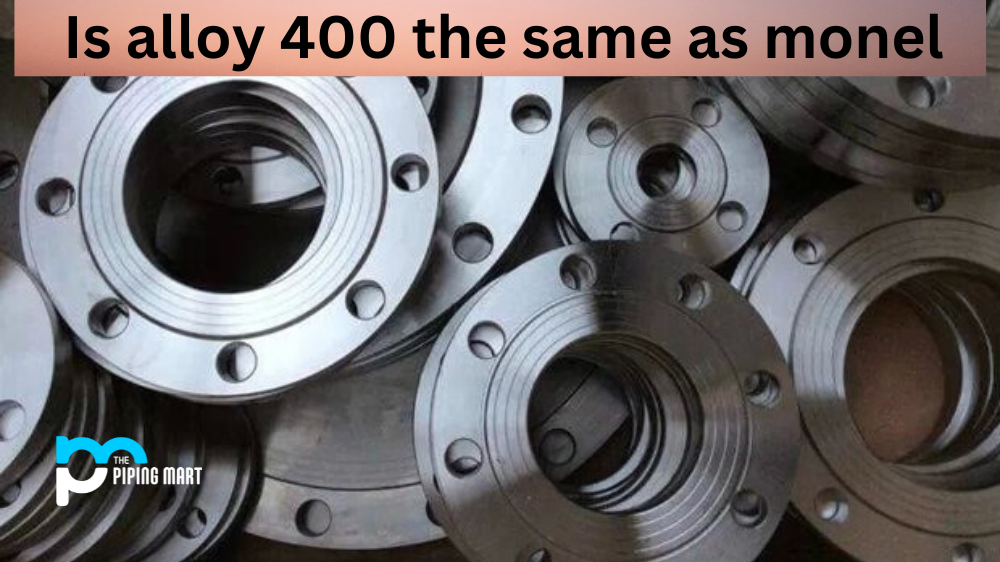When it comes to stainless steel, there are many different types and grades to choose from. Two of the most popular types are 904L stainless steel and Duplex stainless steel. Each type of steel has its own distinct advantages and disadvantages, so knowing the differences between them is key when deciding which one you should use for your project.
904L Stainless Steel
904L stainless steel is a high-alloy austenitic stainless steel with low carbon content. It offers good corrosion resistance in both natural and industrial atmospheres and has excellent weldability due to its low carbon content. It also offers excellent formability, toughness, tensile strength, and fatigue strength. The main advantage of 904L stainless steel is that it offers better corrosion resistance than other austenitic steels, making it an ideal choice for applications where long-term exposure to corrosive substances is expected. However, it does have some downsides, such as its susceptibility to stress corrosion cracking at temperatures over 70°C (158°F).
Duplex Stainless Steel
Duplex stainless steel is a combination of ferritic and austenitic steels that provides superior mechanical properties compared to either type alone. It is highly resistant to stress corrosion cracking (SCC) in chloride-containing environments and offers excellent weldability due to its lower carbon content compared to 904L. It can be used for a variety of applications, including pressure vessels, piping systems, heat exchangers, tanks, valves, pumps, flanges, fittings, and other components that require good strength and corrosion resistance in extreme environments. The main downside of duplex stainless steel is that it requires more complex fabrication processes than other types of steel because of its two-phase microstructure.
Difference Between 904L Stainless Steel and Duplex Stainless Steel
Composition & Corrosion Resistance
The first major difference between 904L and duplex stainless steel is their composition. 904L has a higher amount of chromium, nickel, and molybdenum than duplex stainless steel does. This gives it superior corrosion resistance and makes it ideal for applications where corrosion resistance is a priority. It also makes it more expensive than duplex stainless steel, which means it’s not always the best choice for projects with tight budgets.
Strength & Durability
In terms of strength and durability, both 904L and duplex stainless steels offer excellent performance. However, when comparing them side by side, duplex stainless steel usually comes out on top because it has a higher yield strength than 904L does. This means that it can handle more stress before deforming or breaking under pressure. That being said, both types of material offer great strength and durability in their own right.
Weldability & Fabrication
When it comes to welding and fabrication, there are some key differences between these two metals as well. Duplex stainless steel is easier to weld than 904L because its low carbon content makes it less susceptible to cracking or warping during welding processes. It also has better formability properties than 904L does thanks to its lower hardness levels. On the other hand, 904L has a higher thermal conductivity level than duplex stainless steel which makes it better suited for applications where heat transfer is important such as boilers or heat exchangers.
Conclusion:
Whether you’re looking for a material with superior corrosion resistance or something that can handle extreme temperatures without cracking or corroding easily, 904L or duplex stainless steel could be just what you need for your next project. Both materials offer unique advantages depending on your specific needs, so make sure you consider all the pros and cons before making your final decision! Ultimately though, either type will provide you with excellent performance if used correctly in the correct application!

Pipingmart is a B2B portal that specializes in metal, industrial and piping items. Additionally, we share the latest information and information about materials, products and various types of grades to assist businesses that are involved in this business.




